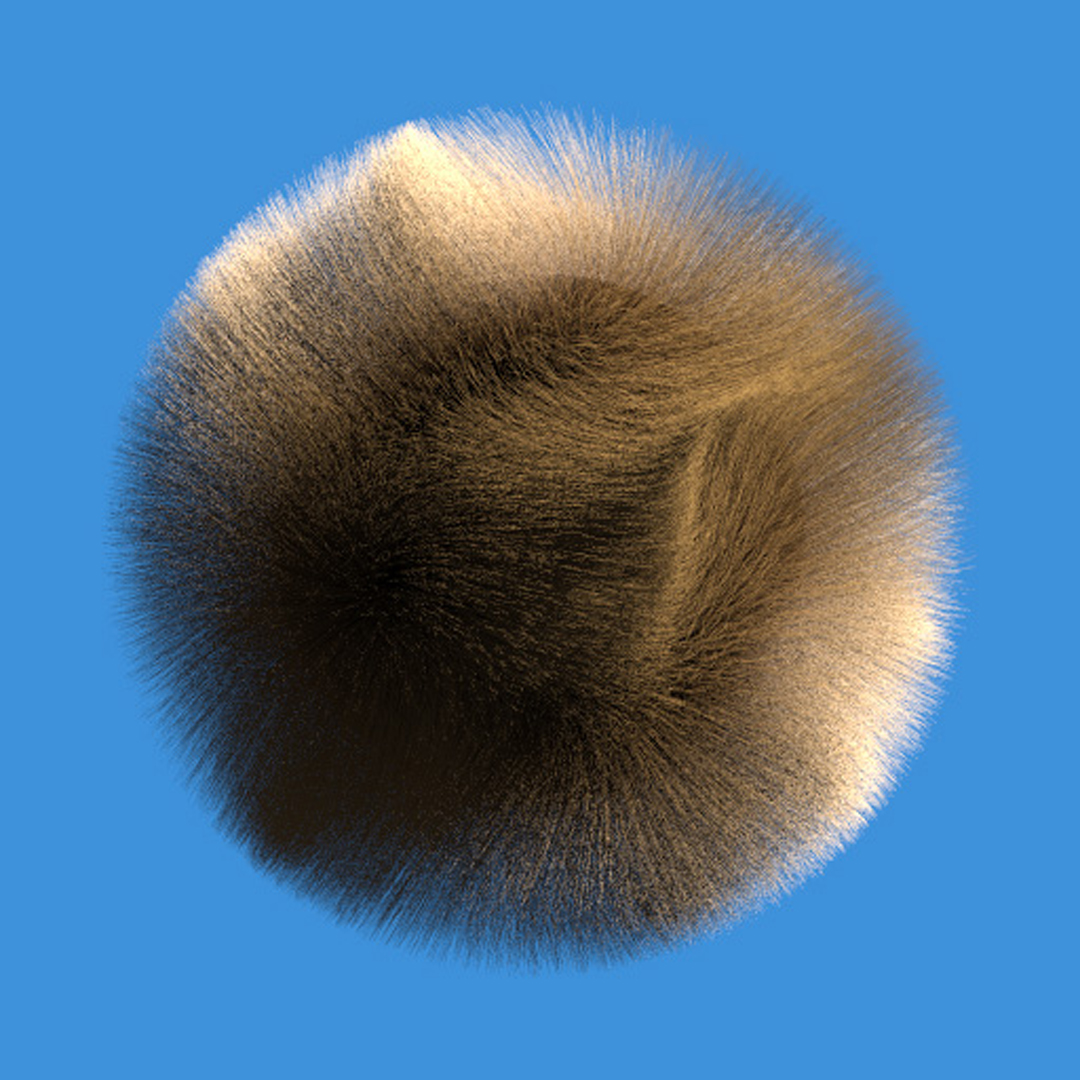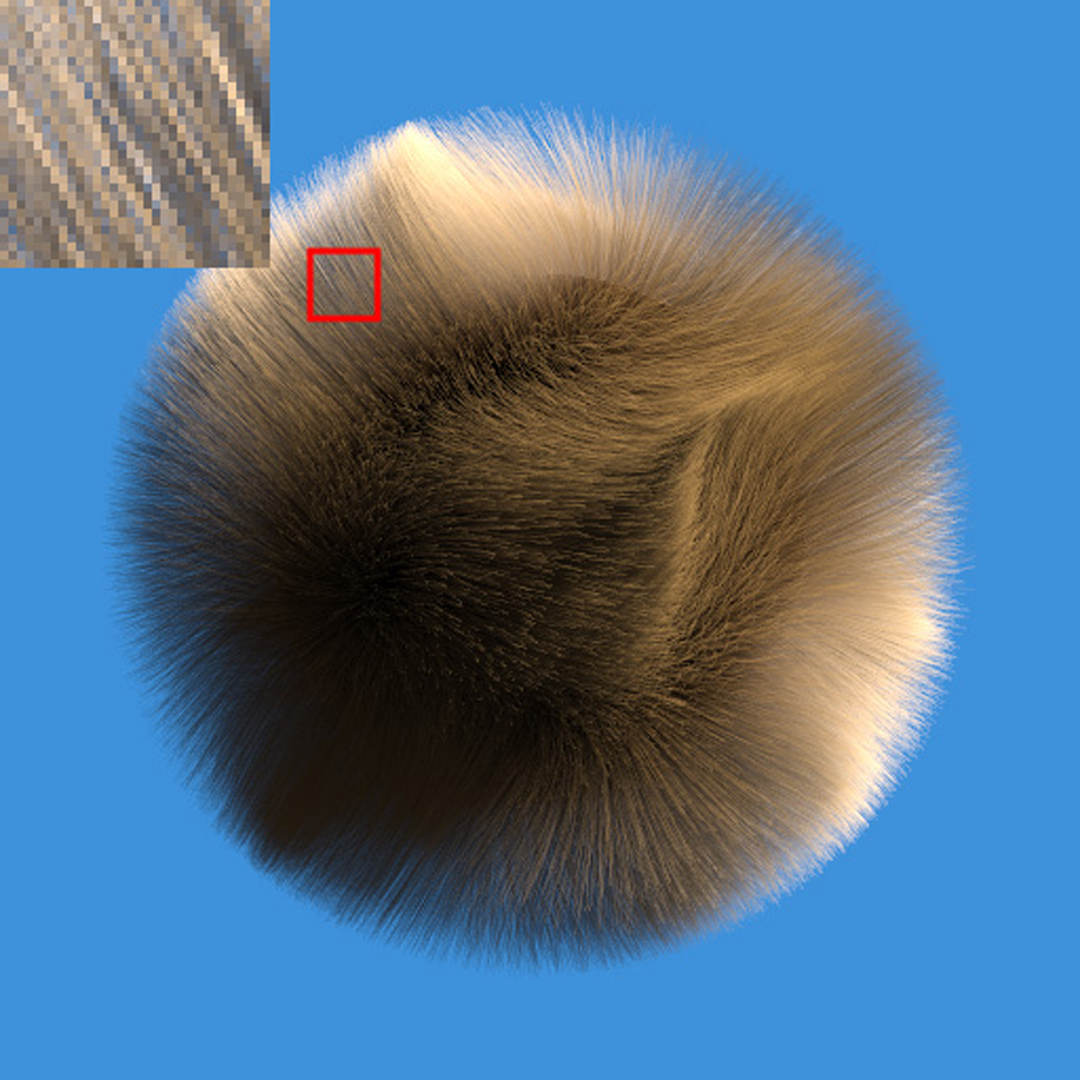“Distance aware ray tracing for curves” by Nakamaru, Matsuoka and Fujita
Conference:
Type(s):
Title:
- Distance aware ray tracing for curves
Presenter(s)/Author(s):
Abstract:
The “curves” primitive provides a way to define ribbon-like objects such as fur and hair. Ray tracing thin primitives is a difficult problem. It is possible to compute ray/curve intersections without tessellation [Nakamaru and Ohno 2002], but it requires many samples to reduce aliasing. On the other hand, GPU/rasterization based methods incorporate the concept of an A-buffer for correctly accumulating fragments’ colors according to their coverages [Yu et al. 2012].
References:
1. Igehy, H. 1999. Tracing ray differentials. In Proceedings of the 26th annual conference on Computer graphics and interactive techniques, ACM Press/Addison-Wesley Publishing Co., New York, NY, USA, SIGGRAPH ’99, 179–186.
2. Nakamaru, K., and Ohno, Y. 2002. Ray tracing for curves primitive. In Journal of WSCG (WSCG ‘2002 Proceedings), V. Skala, Ed., vol. 10, 311–316. ISSN 1213-6980.
3. Wald, I., Ize, T., Kensler, A., Knoll, A., and Parker, S. G. 2006. Ray tracing animated scenes using coherent grid traversal. In ACM SIGGRAPH 2006 Papers, ACM, New York, NY, USA, SIGGRAPH ’06, 485–493.
4. Yu, X., Yang, J. C., Hensley, J., Harada, T., and Yu, J. 2012. A framework for rendering complex scattering effects on hair. In Proceedings of the ACM SIGGRAPH Symposium on Interactive 3D Graphics and Games, ACM, New York, NY, USA, I3D ’12, 111–118.
Additional Images:







